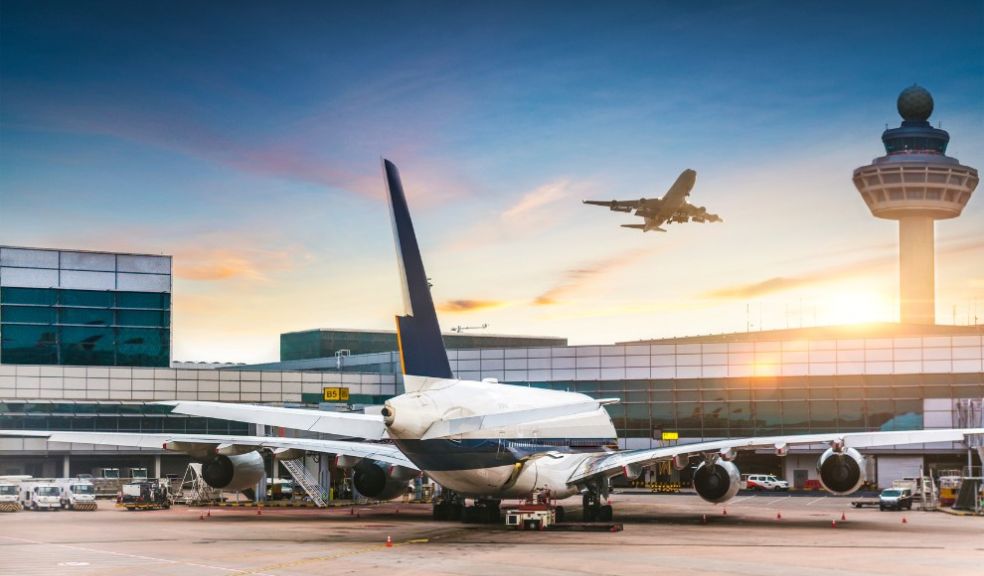
Flight Centre Reveals the Statistical Truth's Behind the Travel Mayhem and Provides Summer Airport Expectations
Flight Centre Reveals the Statistical Truth's Behind the Travel Mayhem and Provides Summer Airport Expectations
-
Airline cancellation stats – Only 2.38% of flights scheduled from the UK were cancelled in June - making the UK only marginally worse than the global average of 2%
-
Despite frequent criticism, British Airways escapes the top 10 airlines with the most travel cancellations on scheduled services
-
Capacity- The global travel capacity is beginning to near what it once was pre-pandemic, as July 2022 reports only 8% fewer available seats than in July 2019
-
UK airport benchmarking (June 2022 figures)- London Stansted reported just 30 cancellations compared to 430 at London Gatwick, making it the UK airport with the least number of cancelled flights
Whilst pre-pandemic performance remains the goal, the past couple of years have posed a huge challenge, one which was never going to be solved overnight. That being said, it is important to assess how valid the critique is of airlines and airports.
Justin Penny, Head of Air at Flight Centre UK, part of one of the largest travel agencies in the world, has pulled together some key statistics to highlight the truth around airline cancellations and capacity, along with diving into how these fare to former years.
Cancellations
Global cancellation rates are actually on a downward trend and are the lowest the have been for the last two years, despite the pandemic causing significant disruption and uncertainty around travel.
Hotspot airport London Gatwick fared the worst last month with 430 cancellations out of 11,298 scheduled departures, closely followed by London Heathrow at 350 and Bristol airport at 141 cancellations.
Whilst these numbers may appear high, when taking this as a percentage of the total scheduled departures, many coming in at over 10,000 flights, the national average sits at a modest 2.38%, only 0.88% more than the pre-pandemic global average (1.5%).
|
Airport |
Cancelled departures |
Scheduled departures |
% of cancellations on services |
|
London City |
135 |
2,220 |
6.08% |
|
Bristol |
141 |
3,114 |
4.35% |
|
London Gatwick |
430 |
11,298 |
3.81% |
|
London Luton |
140 |
4,354 |
3.22% |
|
Glasgow |
80 |
2,845 |
2.81% |
|
Edinburgh |
97 |
4,398 |
2.21% |
|
London Heathrow |
352 |
17,156 |
2.05% |
|
Manchester |
149 |
7,799 |
1.91% |
|
Birmingham |
47 |
3,485 |
1.35% |
|
London Stansted |
30 |
7,111 |
0.42% |
|
NATIONAL TOTAL |
1,921 |
80,551 |
2.38% |
The Culprits
So, who are the ones to look out for? Whilst there are no airlines or airports exempt from the possibility of cancellations, we have seen some players faring better than others.
Eurowings was shown to have performed the worst of all airlines operating from the UK, with over 16% of services being cancelled throughout June. Despite EasyJet having been hit hard with critique and proving to have cancelled the greatest number of flights in June (742), their significant schedule meant that over 95% of their scheduled flights actually went ahead, showcasing how important it is to look at the wider context.
Long haul player British Airways, who has also been prominent in the frenzy, didn’t even make it into the top ten, when measured by percentage of cancellations on scheduled services, whilst Virgin Atlantic had not one flight cancellation reported in June.
|
Operating airline |
Cancelled departures |
Scheduled departures |
% of cancellations on services |
|
Eurowings |
60 |
370 |
16.22% |
|
Eastern Airways |
64 |
629 |
10.17% |
|
KLM Cityhopper |
93 |
1,280 |
7.27% |
|
BA Cityflyer |
134 |
1,951 |
6.87% |
|
EasyJet |
742 |
16,091 |
4.61% |
|
SAS |
21 |
467 |
4.50% |
|
Wizz Air |
72 |
1,688 |
4.27% |
|
KLM |
15 |
438 |
3.42% |
|
Lufthansa |
28 |
845 |
3.31% |
|
Iberia Express |
11 |
341 |
3.23% |
The Capacity Recovery
Despite the pressures brought about by low capacity over the last 2 years, this is very quickly returning, with global airline capacity in July 2022 being significantly higher than 2021. With nearly 25% more seats available globally year on year, the capacity crisis is well into its recovery and is showing to hold only around 8% fewer available seats than pre pandemic in July 2019.
Take Homes
It continues to be a challenging period for travel operators, however, should this stop people from looking to travel, the answer is no. The statistics prove that conditions are continuing to improve as more and more resource is brought into support with scheduled flights, and more often than not, these are departing as expected. We are confident that a very high percentage of flights will continue to follow this trend and hundreds of thousands of people, every day across the UK will be able to travel for work and holidays.
















